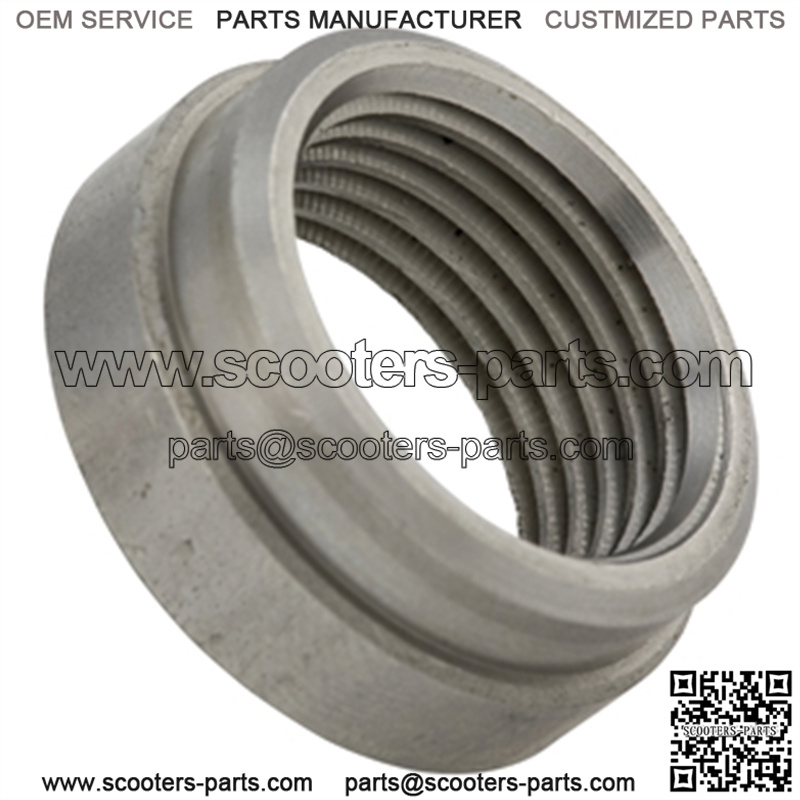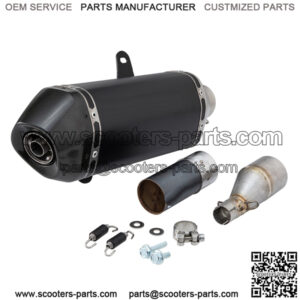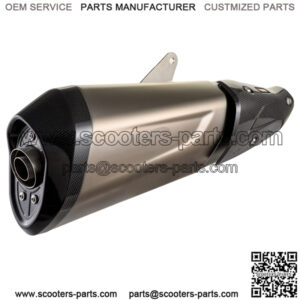- Home
- Flange lambda sensor
Categories
- Accessories (592)
- Air & Oil Filters (270)
- Axle & Shaft & Camshaft (61)
- Bearings & Gaskets & Washers (1598)
- Belt (398)
- Body (577)
- Bolt & Nut & Screw & Adaptor (1175)
- Brakes (403)
- Bushing (2)
- Cable (421)
- Carburetor (661)
- CDI & Ignition & Spark plug & Solenoid (289)
- Chain (16)
- Charger (22)
- Clutch (757)
- Covers & Caps (314)
- Cylinder (996)
- Engine (114)
- Exhaust (975)
- Fender & Mudguard (149)
- Frame (26)
- Fuel pump & tank & accessories (223)
- Gear & Gear Cog (234)
- Handlebar & Throttle grip (794)
- Headlight (345)
- Luggage Carrier (198)
- Mirrors (108)
- Mouting plate & Floor board & Side panel (99)
- Pedal & Kickstart (165)
- Regulator (73)
- Repair Kit (45)
- Seat Belt (3)
- Seats & Covers (296)
- Spares (1)
- Speedometer (89)
- Spring (327)
- Sprocket (14)
- Starter (87)
- Steering (58)
- Suspension (696)
- Switch (176)
- Tools (499)
- Wheels and Tires and rim (641)
- Windshields (120)
- Wiring Kit (37)
Product tags
Flange lambda sensor
SPREAD THE LOVE
Description
h 10 mm
24/22 mm
M18x1,5 mm
stainless steel
nut to weld in
Product description
A Lambda Sensor, from the Performance range, to complement our Speedometer/Rev counter 2.0 with the display of the motors combustion gas values.
Lambda sensors were developed to facilitate electronic control of modern combustion motors. They provide the fuel injection electronic control unit with data to allow it to determine if the correct amount of fuel is being injected while simultaneously monitoring the exact fuel/air ratio being supplied. The values are obtained by the sensor analysing the amount of oxygen that remains in the post-combustion gases escaping from the cylinder. A lambda value of 1.0 means in theory all of the oxygen has combusted, or the ideal pre-combustion fuel to air ratio of 14.7 parts air to one part premium-grade petrol has been achieved. A leaner running motor will be indicated by a value greater than the ideal lambda 1.0. If on the other hand the pre-combustion air/fuel ratio is too rich, this value will be less than lambda 1.0.
In recent years Vespa owners, tuners and dyno-testers have grown to appreciate the advantages provided by lambda sensor analysis of exhaust gases. This simple mechanism puts an end to endless experimentation with various carburettor set ups, the proof is immediately available and the air/fuel ratio determined exactly
jetting has never been so simple! Tuning your ear for alarms from the tone of the engine during long motorway trips also becomes less relevant, with peace of mind being provided by constant monitoring and display of the air/fuel ratio by this clever device.
The A/F-Converter enables a lambda sensor to be attached to the Speedometer/Rev Counter with the use of the existing temperature sensor connection. Instead of the cylinder head or ambient temperature the Air Fuel Ratio (AFR) will be displayed. For example ‘147’ in the speedometer display represents the ideal AFR of 14.7 and a 160 in the display would mean you are burning a dangerously lean 16 parts oxygen to 1 part fuel. 14.7:1 is not an ideal ratio for tuned motors. Larger jets should be delivering a lambda value of 0.85 or a 13.5:1 AFR. The extra interior cooling the increased fuel in the mixture provides is a welcome side effect.
While the temperature sensor connection on the rear of the speedometer is occupied by the lambda systems data cable no other temperature values can be registered or displayed. Detailed mounting instructions to ease the attachment of this lambda conversion kit are included in the delivery. Our entire range of recently produced Performance exhausts (e.g. #200241SC) allow the lambda sensor to be directly bolted to the lambda sensor attachment nut already integrated into the manifold. For exhaust systems without this facility we offer a weld-in nut, which must be ordered separately. Depending on whether to be a steel or stainless steel nut.
The Universal Exhaust Gas Lambda Sensor itself is a BOSCH LSU 4.2. They are heated which makes them require a hefty current supply to enable this. We recommend our Performance ignition in combination with a battery on the wiring loom. Despite recurring opinions being circulated that lambda sensors might not be suited to the conditions in a two-stroke motor, we can look back on a wealth of experiences where the opposite has been convincingly proven. If the lambda sensor has not been required for a while and the motor has been set up to run a little richer it makes sense to remove the sensor from the exhaust system to preserve it for future use.
The display of this value is enormously helpful while setting up the carburettor. A lambda (L) value of 1.0 means ‘stoichiometric’ combustion has been achieved. This refers to ratio where the air/fuel mixture is exactly right to ensure a clean combustion. 14.7 parts air to 1 part fuel. L 14.7 = Lean (e.g.16.0) L < 14.7 = Rich (e.g. 13.5) Universal exhaust gas lambda sensors are heated and require a nominal current of around 1A, during the heating phase this can peak at up to 3A! The addition of a powerful ignition along with a battery is highly recommendable.
SIP
– TIP : Do not forget to order the sealing bolt including gasket (#50413100) to attach the lambda sensor within the exhaust. With the flange kit (#50412700 and #50412800) every exhaust can be retrofitted.
Related products
-
Exhaust
Racing Exhaust ARROW Urban





